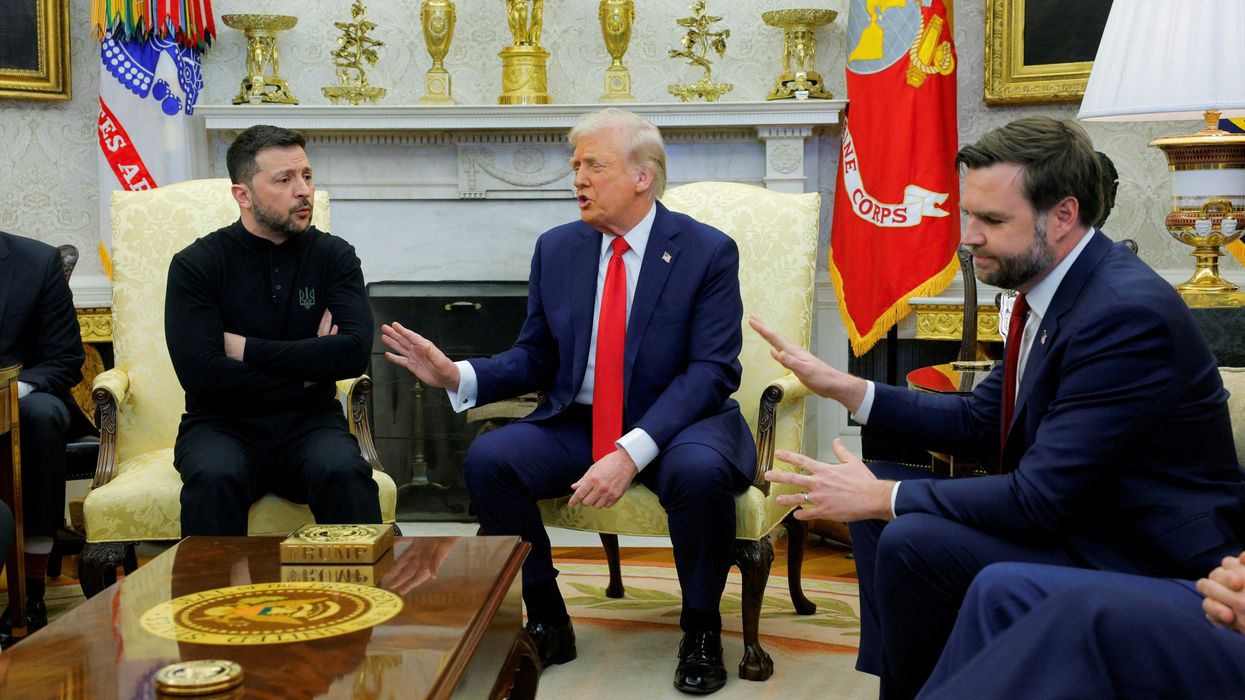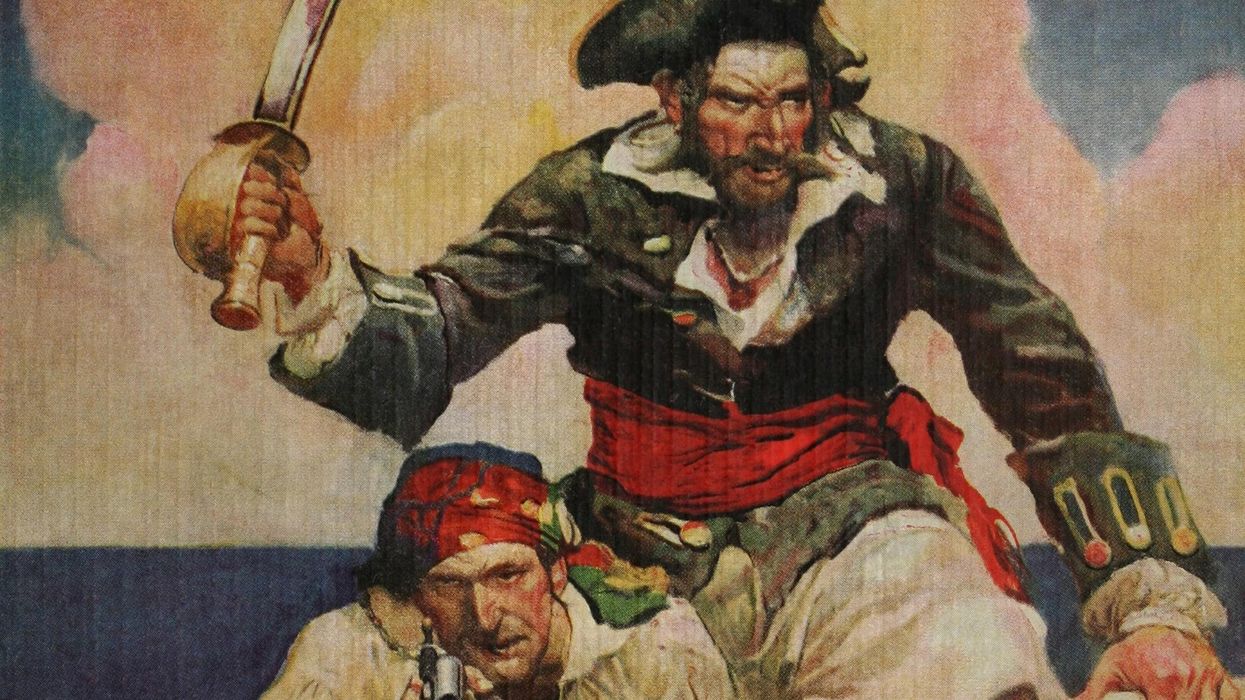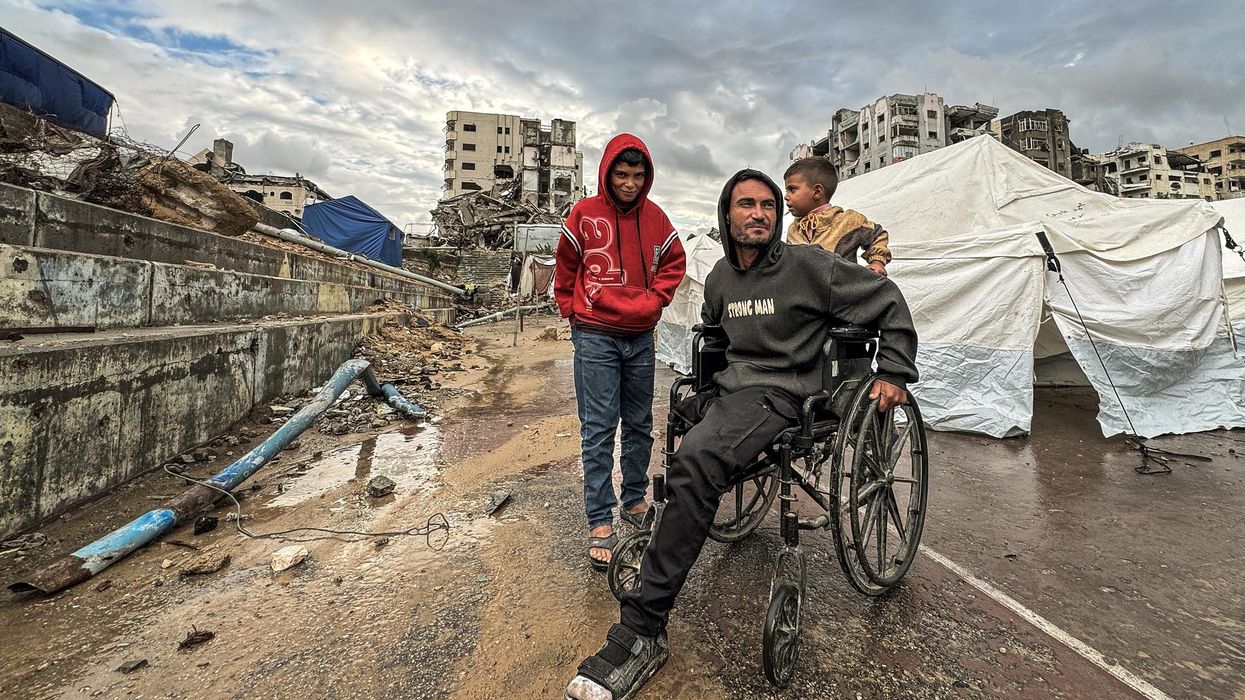When the United States involves itself militarily in a conflict, it often finds it hard to get itself out, let alone avoid deep entanglements that blow well past lines it had drawn at the start of the intervention.
It happened in Vietnam, when U.S. military advisers helping the South Vietnamese fight Viet Cong eventually became U.S. soldiers fighting an American war. It happened in Afghanistan, when an initial invasion to capture al-Qaida and overthrow the Taliban morphed into a nearly two-decade-long nation-building project. And it could be happening right now in Ukraine.
Little by little, NATO and the United States are creeping closer to the catastrophic scenario President Joe Biden said “we must strive to prevent” — direct conflict between the United States and Russia. Despite stressing at the start of the war that “our forces are not and will not be engaged in the conflict,” current and former intelligence officials told the Intercept back in October that “there is a much larger presence of both CIA and US special operations personnel” in Ukraine than there was when Russia invaded, conducting “clandestine American operations” in the country that “are now far more extensive.”
Among those clandestine operations, investigative journalist and former Green Beret Jack Murphy reported on Dec. 24 to little mainstream attention, is the CIA’s work with an unnamed NATO ally’s spy agency to carry out sabotage operations within Russia, reportedly the cause of the unexplained explosions that have rocked Russian infrastructure throughout the war. This is the kind of activity that skirts dangerously close to direct NATO-Russia confrontation.
To put it into perspective, consider the way that swaths of the U.S. political establishment viewed the mere act of Russian meddling in the 2016 election an “act of war” — outrageous, but orders of magnitude less serious than helping to carry out infrastructure attacks on another country’s soil.
Meanwhile, the United States and its NATO allies have serially blown past their own self-imposed lines over arms transfers. At the start of the war, the New York Times cautioned that the overt supply of even small arms and light weaponry “risks encouraging a wider war and possible retaliation” from Moscow, while U.S. officials ruled out more advanced weaponry as too escalatory. It took less than two months for the Biden administration to start sending these more risky tranches of high-powered arms.
By the end of May, it was sending advanced rocket systems that just weeks earlier it had considered too escalatory, on the strict condition that Ukraine didn’t use them to strike inside Russian territory, something they feared could spark escalation drawing in NATO — until that line too, was eventually breached. The Pentagon admitted this past December it had given Ukraine the go-ahead to attack targets in Russia after all, in response to Moscow’s destruction of Ukrainian infrastructure.
“The fear of escalation has changed since the beginning,” one defense official explained to the Times of London, with the Pentagon less worried ever since Russian president Vladimir Putin pulled back on his nuclear threats in October.
As the Ukraine war effort has stalled and Russian forces have made small advances, NATO arms transfers have now escalated well beyond what governments had worried just months ago could draw the alliance into direct war with Russia, with the U.S. and European governments now sending armored vehicles and reportedly preparing to send tanks. Ukrainian Defense Minister Oleksii Reznikov had predicted as much in October last year.
“When I was in D.C. in November, before the invasion, and asked for Stingers, they told me it was impossible,” he had told the New Yorker then. “Now it’s possible. When I asked for 155-millimeter guns, the answer was no. HIMARS, no. HARM, no. Now all of that is a yes. Therefore, I’m certain that tomorrow there will be tanks and ATACMS and F-16s.”
It remains to be seen how long before U.S. opposition to such military aid goes the way of its earlier opposition to the heavy weaponry it’s already sent, or how long the administration will continue to hold out on sending long-range drones, which a bipartisan group of senators is currently pushing for and which Russian officials have explicitly warned would make Washington “a direct party to the conflict.”
As the nature of arms transfers has expanded, so have war aims. The alliance’s initial goals were to help Ukraine defend its independence and sovereignty by repelling a Russian invasion bent on regime change. Two months later, U.S. officials were publicly talking about “victory” and inflicting a “strategic defeat” on Russia that would leave it “weakened.” Biden has repeatedly vowed to support Ukraine “as long as it takes,” even as Zelensky and other officials have made repeatedly clear their goals are now to retake Crimea, something that could spark nuclear escalation.
Talk of diplomacy is again nearly absent from U.S. commentary on the war, far outnumbered by calls for drastic escalation of NATO involvement to achieve Ukrainian victory, often on the basis that any other result would deal an existential blow to the West and the entire liberal global order.
“If Russia wins the war in Ukraine, we will see decades of this kind of behavior ahead of us,” Finland’s progressive Prime Minister Sanna Marin recently said at Davos, as she pledged to back the Ukrainian war effort for 15 years if necessary. “We have to make sure that in the end, Ukrainians will win. I don’t think that there’s any other choice.”
And it seems as of last week, the Biden administration is poised to cross yet another major line, with the New York Times reporting that U.S. officials are strongly considering giving Ukraine the green light to attack Crimea, even while acknowledging the risk of nuclear retaliation that such a move would carry. Fears of such an escalation “have dimmed,” U.S. officials told the paper.
By escalating their support for Ukraine’s military, the U.S. and NATO have created an incentive structure for Moscow to take a drastic, aggressive step to show the seriousness of its own red lines. This would be dangerous at the best of times, but particularly so when Russian officials are making clear they increasingly view the war as one against NATO as a whole, not merely Ukraine, while threatening nuclear response to the alliance’s escalation in weapons deliveries.
NATO governments are increasingly painting the conflict to their publics not as a limited effort to help one country repel an invasion from a larger neighbor, but rather as an existential battle for the survival of the West, mirrored in the Russian leadership’s own evolving view of the war as a battle for survival against hostile Western powers. Notably, this has happened despite the Biden administration’s public endorsement of diplomacy late last year.
If the intention is to keep this war a limited, regional one between two neighboring states with NATO playing only a peripheral, supportive role, all of these trend lines point in the exact opposite direction. Unless officials make a concerted effort to de-escalate and pursue a diplomatic track — and prominent voices in media and politics create the political space for them to do it — Biden’s vow to avoid World War Three will mean as much as President Johnson’s 1964 promise not to “send American boys nine or ten thousand miles away from home to do what Asian boys ought to be doing for themselves.”
















